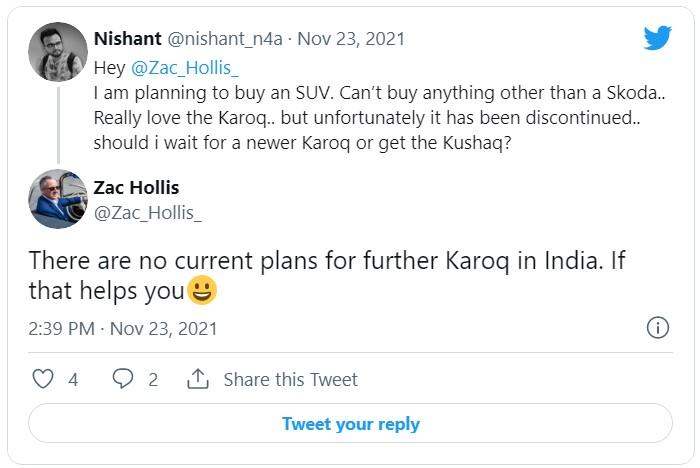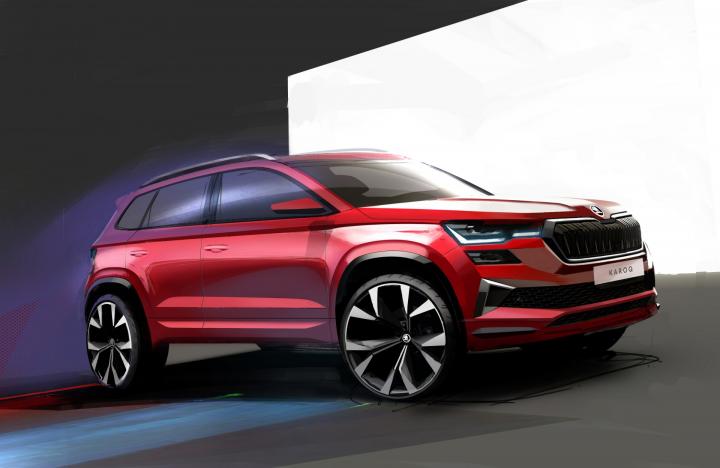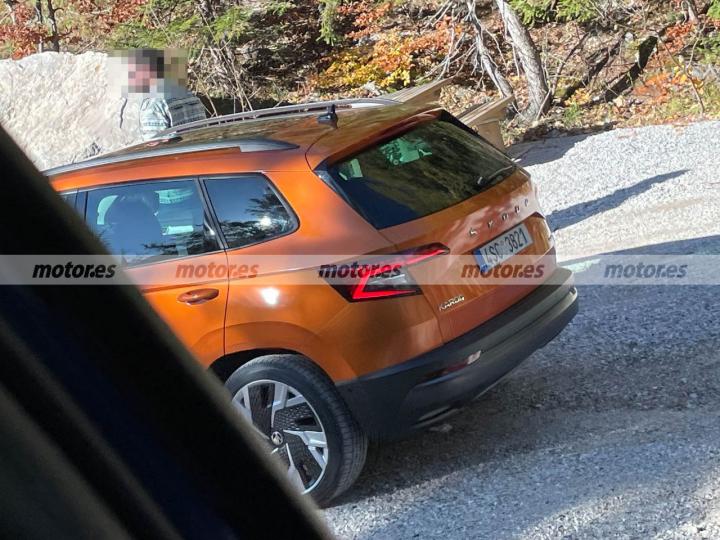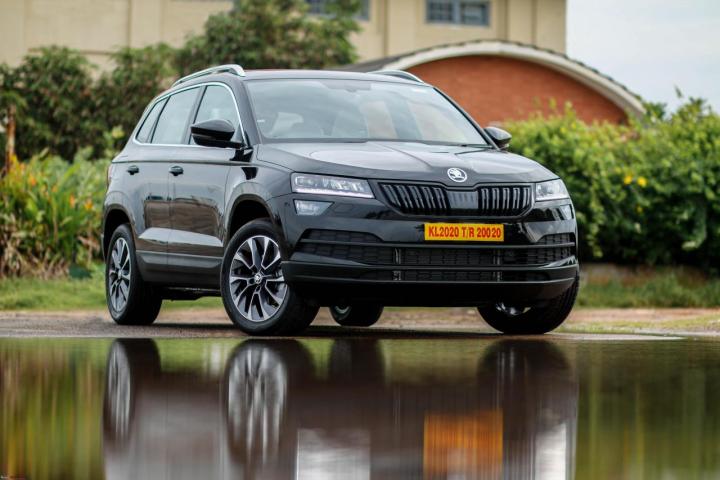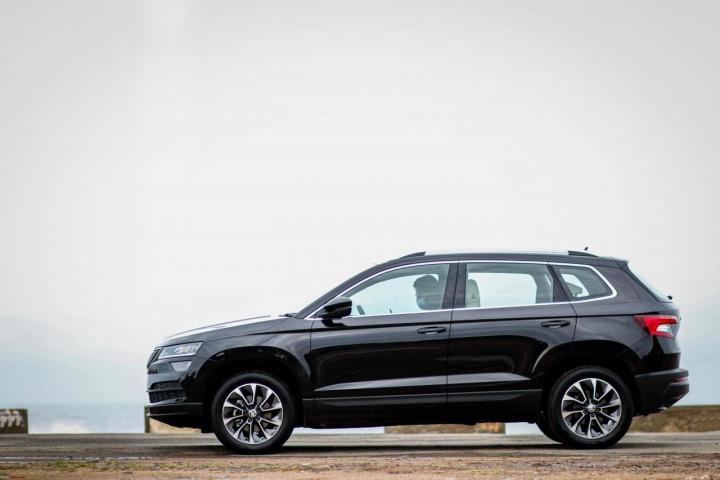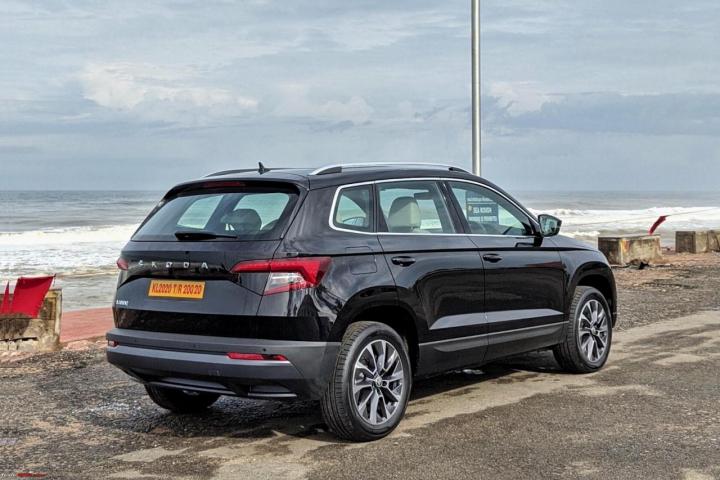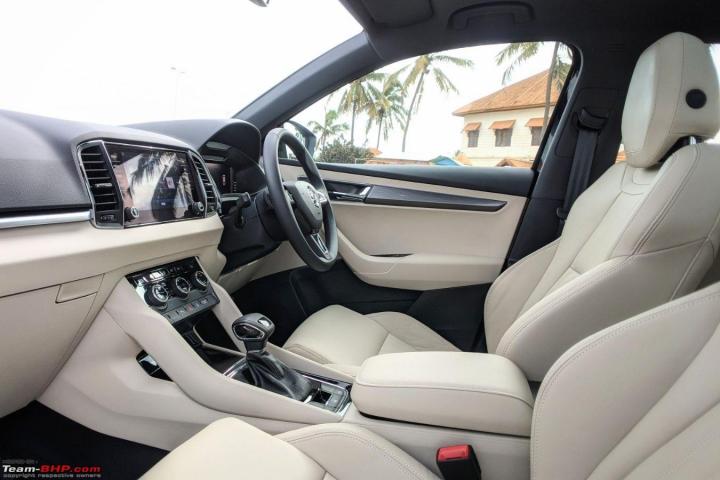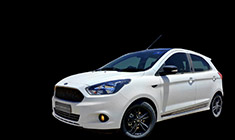News
Sold my Skoda Karoq after 4.5 years: Likes, dislikes & ownership review
It was a very satisfying and trouble-free ownership experience with the Karoq.
BHPian StarrySky recently shared this with other enthusiasts.
The Karoq joined the family on a 3-year lease. Its stay got extended and finally after almost 4 years and 8 months with us, the Karoq left the garage in March 2023. The final odo reading when it was with us was 45847.
The Karoq was the perfect companion and did not have any reliability or other issues.
My previous post in this thread listed my likes and dislikes and thoughts on the Karoq as it had completed almost 4.5 years in the garage, not long before the Karoq left the garage. So I think the same will be applicable here as well. At the risk of repeating myself:
Likes:
- Perfect city SUV/crossover. Right size, right features, right space, right price, right everything
- Perfect reliability
- No noticeable wear and tear in the interiors after more than 50 months of use
- Very comfortable driving long distances in
Dislikes:
- One frustration I can think of is how often the ADAS sensor got blocked during winter. In terms of the actual number, it was not much. But compared to the Octavia I had before the Karoq, it was certainly too many. The frustration was mainly due to the feeling that technology had gone backwards
- Reliability of Android Auto connection was another frustrating thing, until the last service after which it was fixed
- Nothing much else, really!
Fuel Costs:
Unfortunately, I lost a chunk of data due to a mobile phone crash some time back. So I do not have accurate numbers. Based on what I have, the total refuelling cost was about €4200, with around 2900 litres of fuel consumed.
The average fuel efficiency was thus around 16 km/l.
Maintenance Costs:
The maintenance cost for me is zero, other than the payment for the windshield washer fluid and the final cleaning of the car. Combined, it should be about €100 over the length of ownership. The rest of the maintenance costs are paid by the leasing company. But I will put them down here, as a reference. Only the data on the costs listed here are available through the leasing company's app. There are other payments like annual road tax and insurance on top of these.
- Scheduled services: €1,111.51 (nothing was replaced other than consumables, wiper blades and remote key battery)
- Seasonal Tire Changes: €672.96
- Mandatory Inspection: €50
- Total: €1834.47
Here are a couple of pics from the day the car was returned:
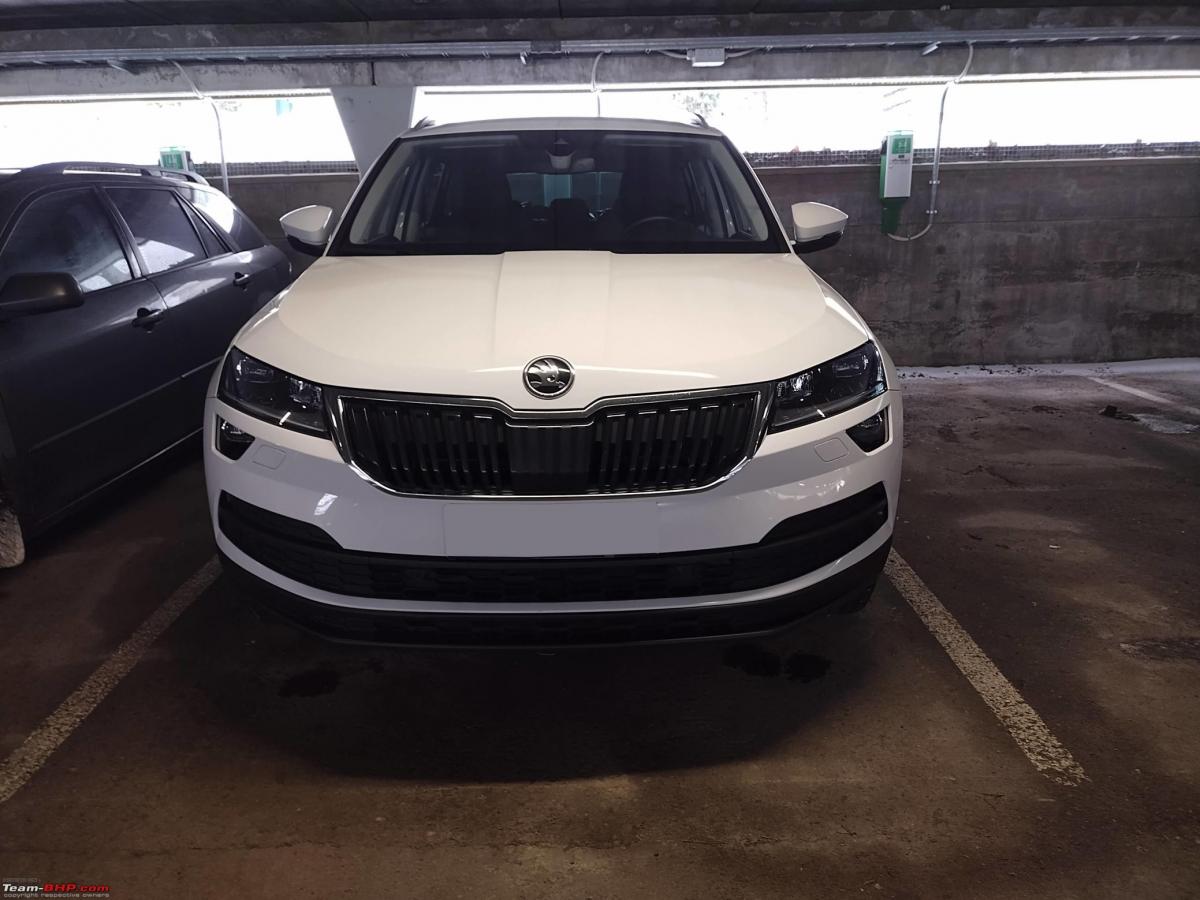
At the yard where the car was dropped off:

It was a very satisfying and trouble-free ownership experience with the Karoq. After the Karoq left the garage, we have been seeing a surprising number of cars with the same registration number (digits). We joke that the Karoq is sending these our way to remind us of itself and ask for help since it had gotten used to much reduced running post-Covid, and the new owners are making it work hard. Jokes apart, we hope that the Karoq will now provide a stress-free ownership experience to another family.
Highly Recommended and 5 stars!!
Check out BHPian comments for more insights and information.
- Tags:
- Indian
- Karoq
- Car ownership
News
My Karoq completes 28,500 km in 3 years: Why I bought a Thar & Tiago EV
The fuel efficiency of the SUV is around 9 km/l in the city and 13 km/l on the highways.
BHPian Mr.Perera recently shared this with other enthusiasts.
The Karoq completed its third year with us last Saturday. This year it did just 7,500 kms in total. The main reason being the addition of 2 new cars in the garage. A new Thar and a Tiago EV. The Thar came around July last year and it became my daily driver. The Thar with its massive road presence made sure that everyone (including the infamous KSRTC buses) gave way. And I was spoiled by it. But when there were more than 2 people we took the Karoq mostly. By the end of Feb, our first-ever electric car joined the garage, the Tiago EV. My work commutes started crossing around 1500 kms a month and the fuel expenses started skyrocketing. Since we had an 8KW solar power plant at home which was producing excess power, an EV for daily commutes seemed to be a sensible option. So I got a Tiago EV and boy I am impressed. The small electric hatch is super fun to drive around and it has already covered close to 7000 kms in the last 3 months! My work commutes, short family outings everything is now in the EV. This made the Karoq stay idle in the garage most of the time and was taken out only for long drives and other family occasions.
In the last year, there have been no issues with the Karoq and it was the go-to comfortable car. It still feels and looks new. No issues to say other than the ticket holder clip on the windscreen getting a bit loose and making a slight creaking sound while going through bad roads which was fixed during the last service.
The third-year service was done last week and the usual oil, oil filter, and air filters were changed. Since the service pack was purchased initially we did not pay anything for the service. Except for the rear brake pads which were quite worn out. Changed the rear brake pads and it cost around Rs 6500.
The Karoq has been returning around 8 to 10 km/l in city drives and around 12 to 13 km/l on the Kerala highways.
The interiors are still a great place to be and extremely comfortable. As mentioned in the initial posts the seats are supremely comfortable and the headlights are the best I have used to date. I really enjoy driving the car at night as the bright headlights really reduce the fatigue level. The light beige seats surprisingly are not getting as dirty as expected due to my high levels of OCD and a scared bunch of family members and kids who are very conscious of not bringing out the monster inside me.
The engine feels sufficiently powerful for normal driving conditions and the DSG with paddle shifters is really cooperative for those quick overtakes.
The Karoq is still a unicorn and I rarely see another one on the road and always end up complimenting the clean understated styling. The Karoq feels like a great do it, value-for-money package car. I can confidently say in the last 3 years I haven't seen such a well-built car below the 40 lakhs price range. Looking eagerly to spending more quality time with the Karoq this year.
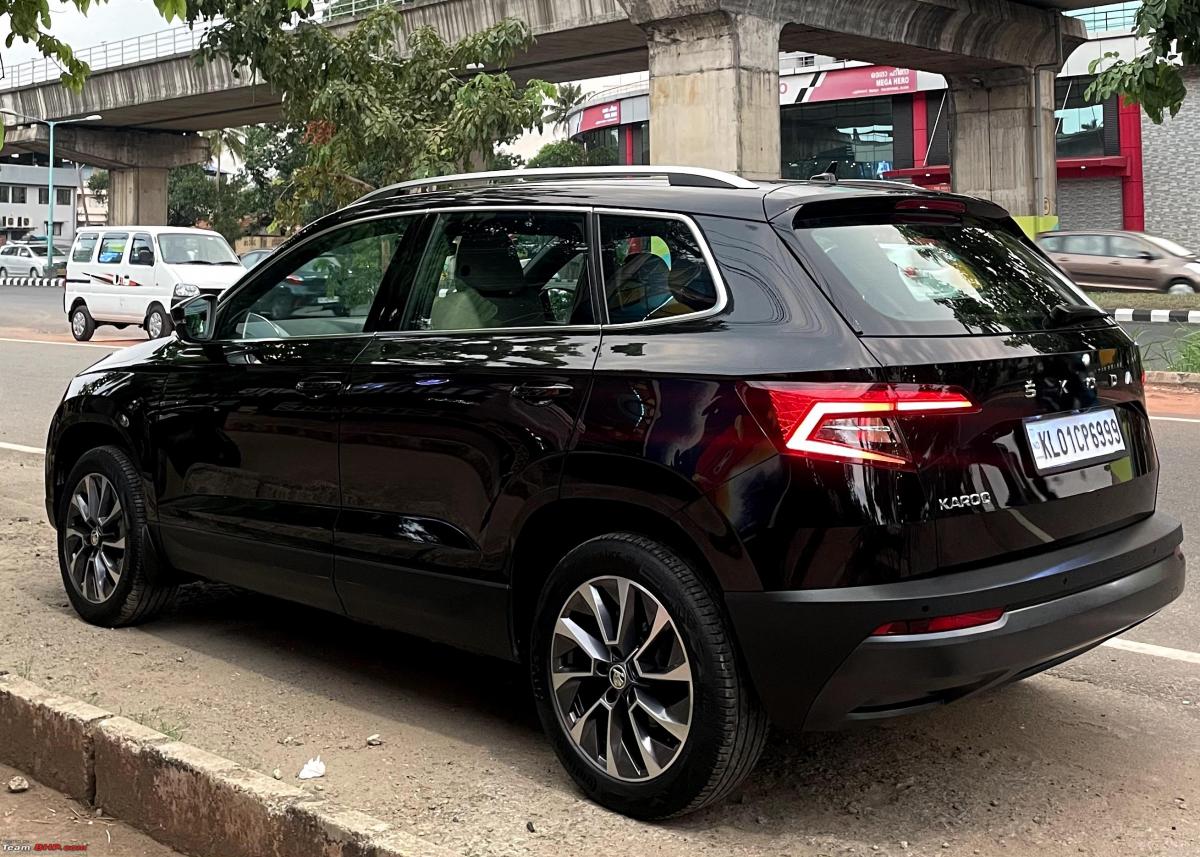

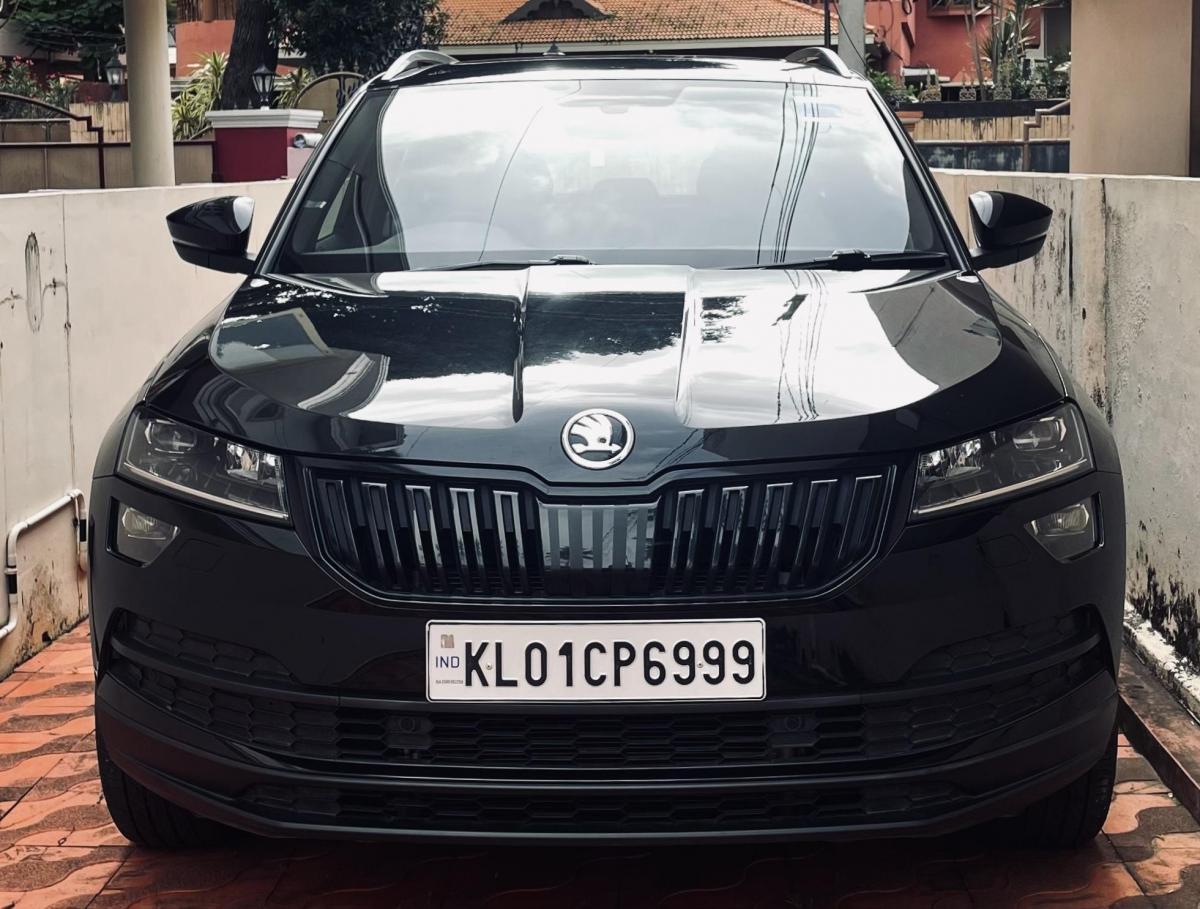

Check out BHPian comments for more insights and information.
- Tags:
- Indian
- Karoq
- Car ownership
News
Skoda Karoq: Revisiting my likes & dislikes after 4 years of ownership
Even after 4 years, all my observations still hold true, with the addition of reliability & quality.
BHPian StarrySky recently shared this with other enthusiasts.
It's been quite a while since I posted anything in this thread, and the last update on the car was made almost 2 years back!!
Well, no news is good news in this case. The Karoq has been with us for well over 4 years now. Other than normal scheduled maintenance, winter/summer tire changes and a roadworthiness check (mandatory after 4 years), the Karoq hasn't been to a service station since the last update (or ever, actually). I have been working from home since March 2020, so the daily running has come down quite a bit. However, we had road trips during the summer of 2020 and 2021, totalling to about 6,000 km. Including those, I have covered another 23k kilometres since the last update on this thread. Meanwhile, the second service was done after the completion of 4 years with the odo at 42,500 km. The odo now stands at about 44,400 km.
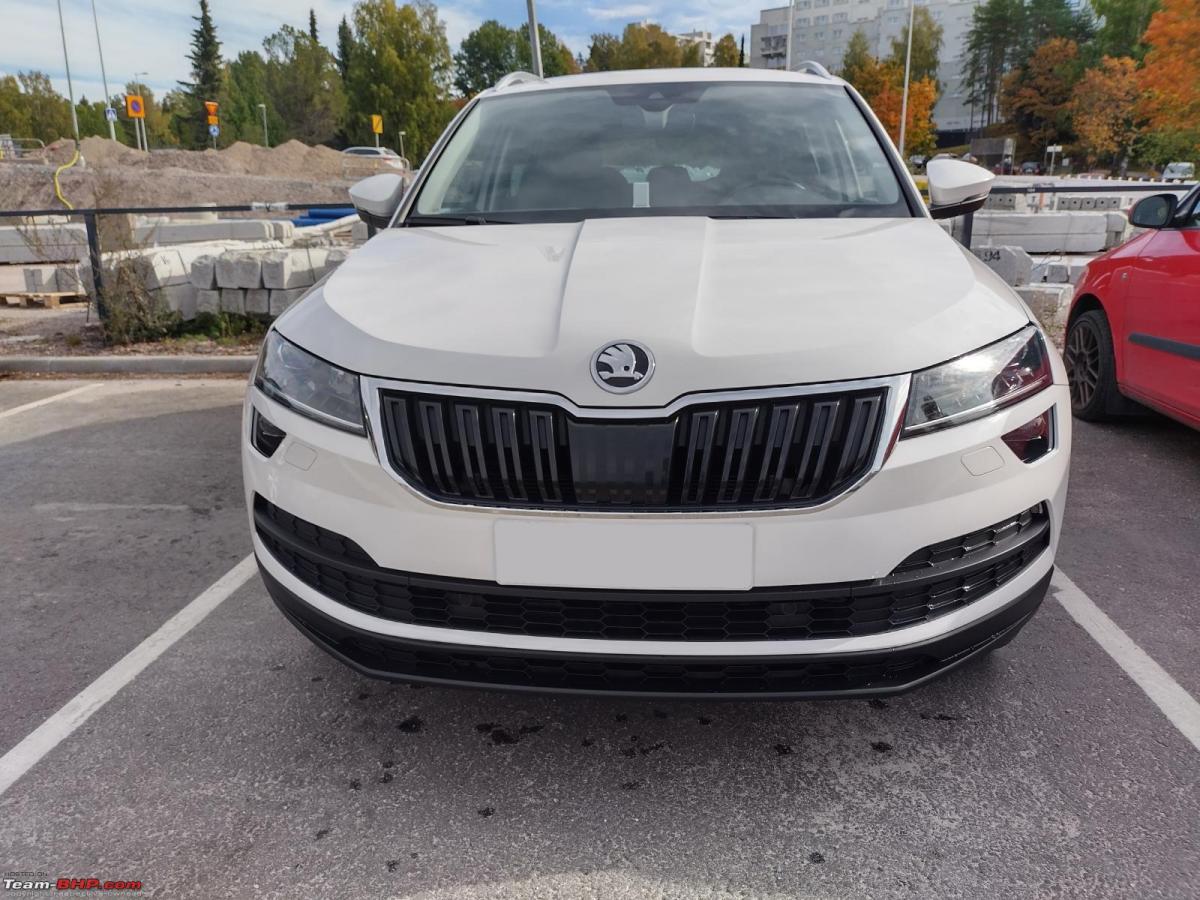

Normally, after 4 years one should be able to point out the positives and negatives of a car. But I cannot think of any big negatives that I need to highlight. So I went back to my earlier posts on this thread to find some negatives/dislikes I had noted down:
Dislikes:
- Missing rear centre armrest and ski-hatch
- Big step in the boot with the rear seats folded down reduces the practicality
- Auto start/stop cuts in too early
- Some rough edges when different technologies work together with Auto start/stop
Dislikes after completing one year:
- Nothing much really, other than reduced practicality compared to the Octavia Combi. The ski hatch is a definite miss, which means carrying long items when travelling with 4 on board is impossible. It is also not possible to put or get them items in the boot without stopping and opening the trunk lid. Sure, I knew when I booked that the Karoq variant I booked lacked a ski hatch, but I guess I just didn't realize the extent to which I would miss it.
The missing rear centre armrest is a bother as we experienced during our road trips. It gives the kids a place to rest their hands during long trips and it supports them even when they are sleeping. More importantly, it marks the de-facto border between the kids' respective areas in the rear seat. Without it, it is a bit like India-Pak over at the rear. Big negative Recently, I also helped a friend move house. The Karoq was fully loaded. Even the front seat was folded forward and some long items were placed there. I wouldn't complain about the practicality after that and after having been on two long road trips.
If a car on the motorway is already almost parallel to my car when I am trying to join the motorway, the blind spot detection system can miss it.
This is a limitation of the technology. The other aspect of the blind spot monitoring that I'm not a fan of is that the indicator light is quite small and at the outer edge of the RVM. It makes it hard to see in certain lighting conditions. Also, I found that when I look into the RVM, unless I am specifically looking at the blind spot indicator, the indicator is easy to miss (maybe I am getting old). I have always had the habit of turning my head to look for other vehicles before initiating lane changes. Knowing the limitations of the system, I have continued to do so. This is one piece of safety tech on the car which I thought would be very useful, but in actual use don't rely on very much.
Another tech that I don't use often is adaptive lane guidance or lane centring. It can keep the car in its lane, even through smooth curves at highway speeds. But, the warning to keep hands on the steering wheel appears quite soon. I use it very rarely. It's usually when my son demands to see it in action, he is still amazed by the steering wheel turning on its own! Of course, in winter it helps to keep the car in the lane when I am getting my gloves on or off.
The first day of snow also caused the adaptive cruise control to be disabled for certain periods of time, due to the sensor getting sprayed with snow. When adaptive cruise control doesn't work, any "normal" cruise control function is also unavailable.
This is an area where the tech in Karoq is worse than in Octavia. In Octavia, I very rarely had ACC becoming unavailable due to a blocked sensor. In the Karoq, it happens a few times every winter.
I will add one more. I have found that sometimes the reversing camera display comes on with a noticeable delay (a few seconds) after I have put the car in reverse. This is an irritant. My observation is this happens usually when I have to immediately go into reverse after I start the car. Maybe the infotainment system doesn't finish initialization by this time.
I had an issue with Android Auto, where it would disconnect at the slightest touch or bump felt inside the car. Thankfully, this has gone away after the service. I am not sure what fixed it, if it was a new Android Auto version or if the A.S.S. updated the firmware of the ICE during the service.
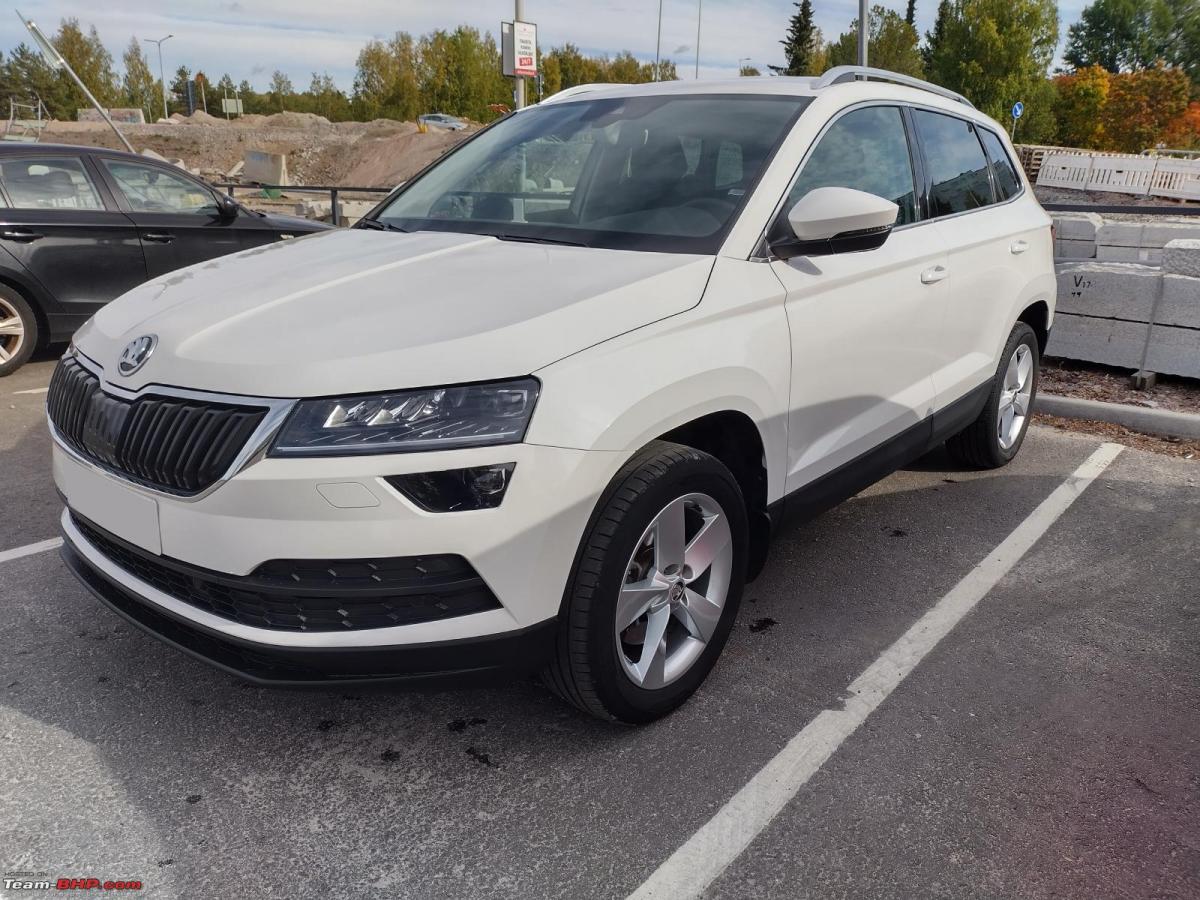

Moving on to the likes, I had put these down when this thread was opened:
Likes:
- Exactly what a city SUV should be, with enough interior space for a nuclear family and a smaller footprint making it easier to park.
- Very European build quality and good interior quality
- Feature-loaded. The feature list can put some luxury cars to shame
- Easy ingress/egress
- Mature ride and safe handling
- 5-star EuroNCAP safety rating. 7 airbags and a host of safety tech included as standard.
After 4 years, all of the above remains true. And I will add more - reliability and build. There are no rattles or squeaks. I remember my old Octavia's suspension used to be noisier. In the Karoq, it is much quieter still. I am still running on the original set of brake pads. The only thing that doesn't last very long is the battery in the key.
The interiors have held up very well. In terms of general wear and tear, I can find some signs of use on the steering wheel, but otherwise, it's as good as new. The high-traffic areas like the DSG lever, front armrest and AC controls have held up quite well.
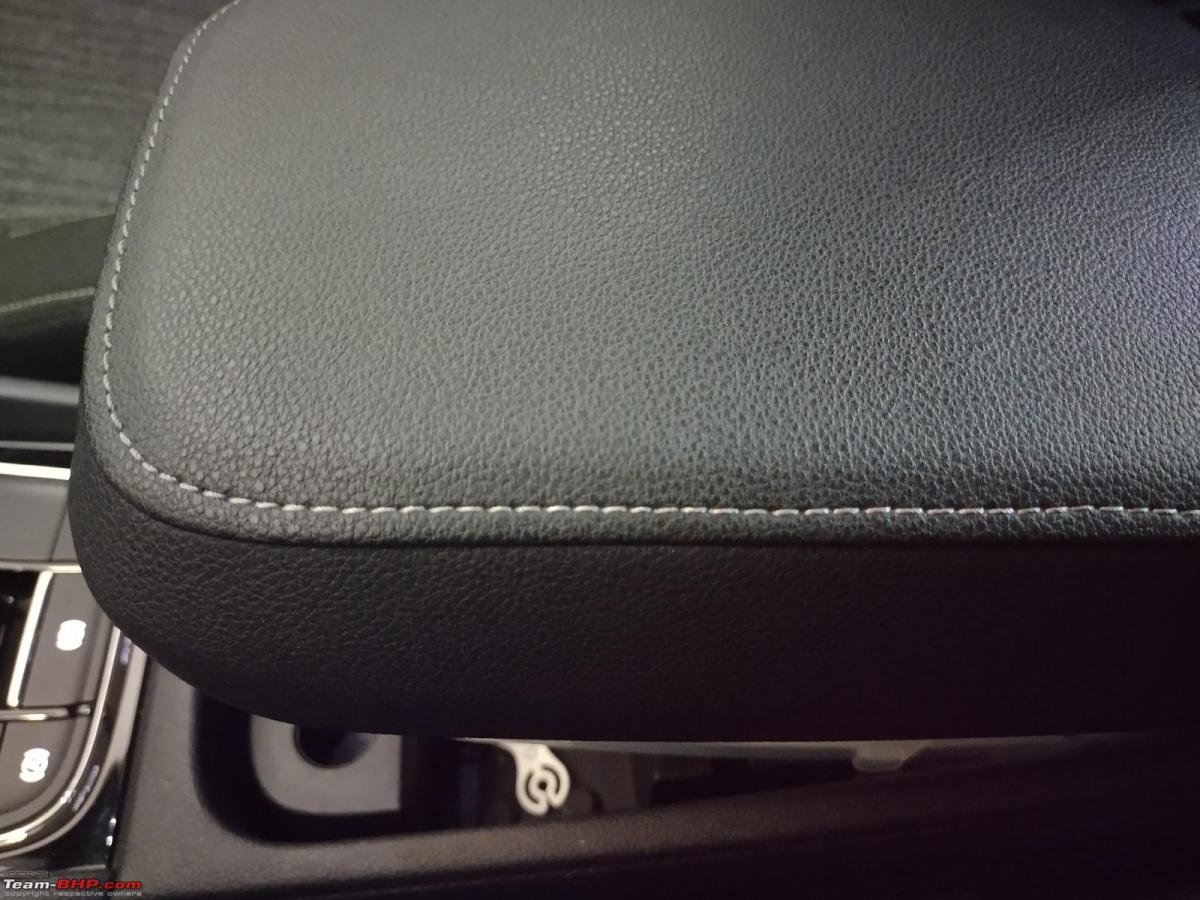
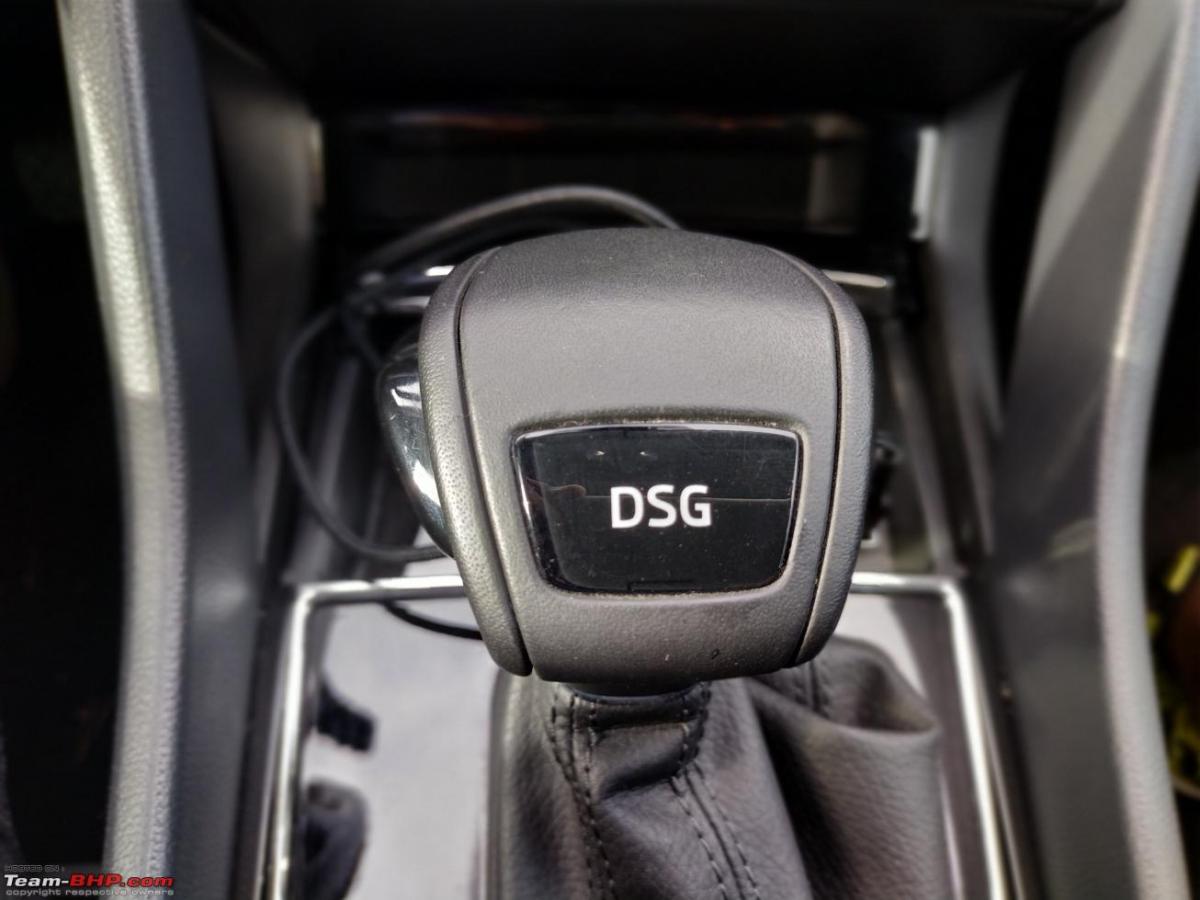
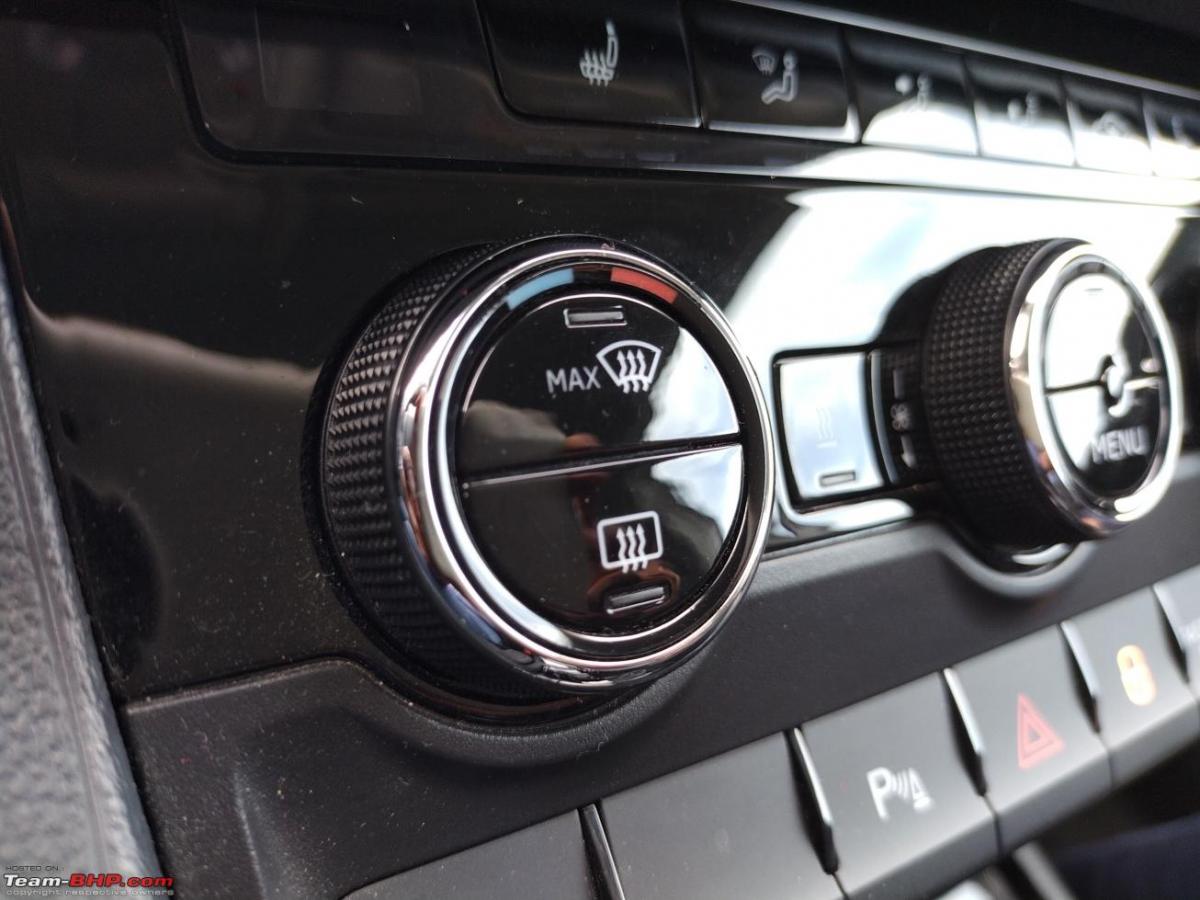
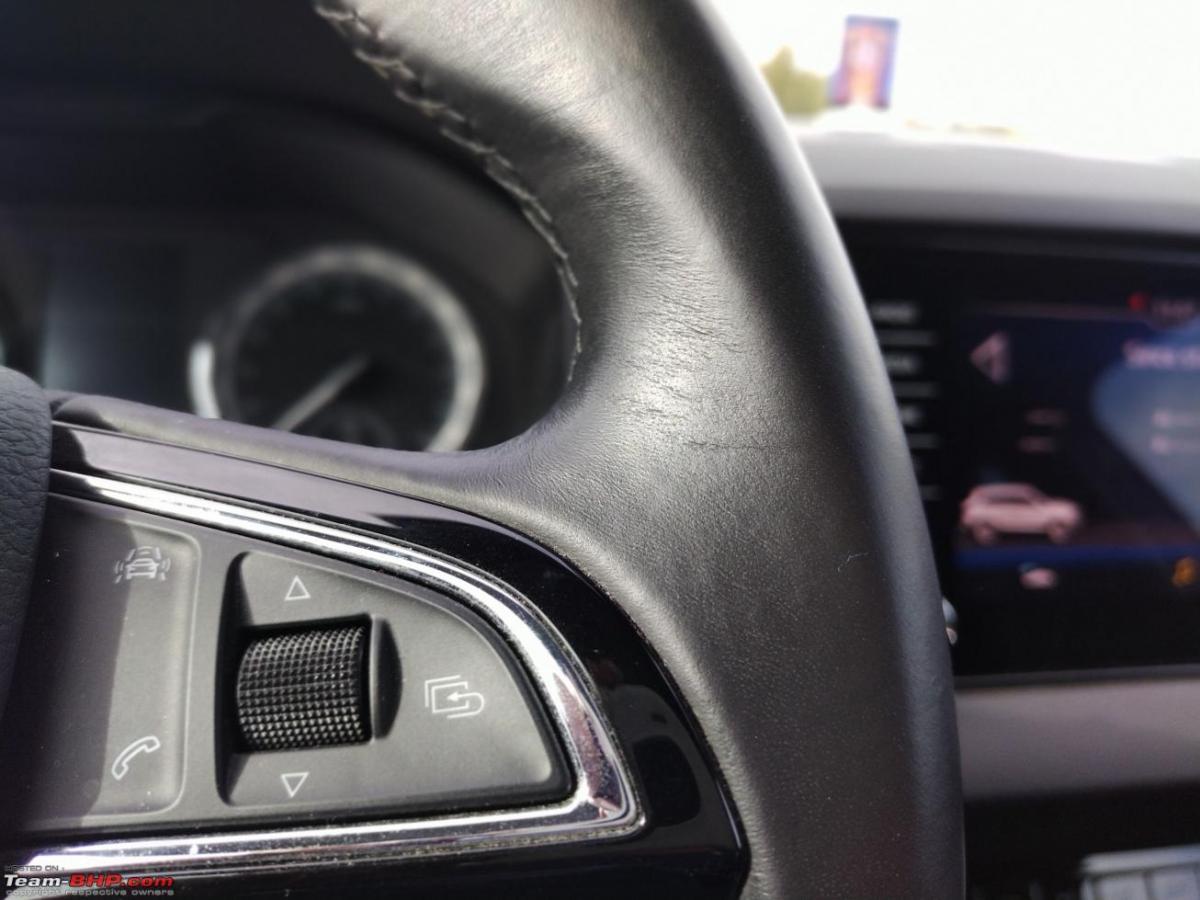
It's a shame that Skoda only imported a few units of the Karoq to India. I think it has all the ingredients needed for India and would've enjoyed success (at the right price, of course).
Check out BHPian comments for more insights and information.
- Tags:
- Indian
- Karoq
- Car ownership
News
Living with a Skoda Karoq: 2 years & 21,000 km update
The Karoq still proves to be a brilliant car. Even after 2 years, it still looks and feels like new. A perfect do-it car with great build quality and interiors.
BHPian Mr.Perera recently shared this with other enthusiasts.
With covid restrictions mostly out of the way, the Karoq had spent a good amount of time on the road last year. The car still outshines its quality, fit and finish. No creaking noise, no loose panels, this thing is built like a Tank!

There were no major problems or issues during last year. The only ‘problem’ we faced was the availability of the stock Hankook tyres.
The tyre availability issue
The Karoq’s front tyre had encountered a sidewall burst while I was driving on the infamous Trivandrum-Kochi Highway. The front left tyre fell in a pothole, I was doing around 70kmph and I squeezed all the muscles in my body and heard a loud thud from the front left wheel. Luckily I was able to stop safely. When I got out and checked the wheel I saw the tyre had torn pretty badly. I was unsure if the impact had caused more damage to any other components, so I decided to call the RSA and got the car towed to my service centre.
The Art

The Artist

The car had reached the Skoda service in Trivandrum and they inspected it thoroughly and found out there is no other issue other than the damaged tyre. They told me they will try getting a new tyre and will fit it and give the car. But the next day they informed me that they checked at almost all dealerships in India and this specific Hankook tyre that come in the Karoq is not available anywhere. I too tried searching for this tyre with all major tyre stockists in Bangalore, Chennai, Delhi, Mumbai and Kolkata but no one had it. The only option I had was to get a different tyre and put it. But I didn't want to do that since 3 will be Hankooks and one will be some other make. So the frustrated me wrote a mail to Skoda, cc’ing Zac Hollis. Within a day I get a call from my dealer saying that Skoda India has agreed to change all my 4 tyres to a new one and as goodwill, I would need to pay only 30% of the entire price. The total estimate they gave was Rs 48,000 for 4 tyres and I had to pay only Rs 16,000 for 4 new tyres. Kudos to Skoda for their good customer service. They had given 4 new Continental Ultra Contact UC6 tyres. The Conti UC6 seems to be a much more comfort-oriented tyre. The comfort and noise levels seem to be better than the Hankooks. But it doesn't grip as well as the Hankooks. I can hear the tyres screeching and begging for grip on those long winding corners.
Low Oil Warning
At around 17,000 km the car showed a ‘Check oil level warning’. I checked the dipstick and found the oil level was slightly below the lower limit. Took the car to the service and topped up around 300 ml of oil. I realised these engines consume quite a bit of oil, tried getting a 1L bottle of oil from the service but sadly they didn't have the small bottles in stock. Once it comes back in stock I plan to keep one bottle in the car all the time.
Second service
The second service was done at 18,300 km. Since we had taken the 4-year service plan from Skoda all works were included in that. All normal things like oil, oil filter, air filter and cabin filter were changed this time. When I went to pick up the car they had given me a bill of Rs 635 saying it is the charge for cleaning and lubricating the sunroof mechanism.
Other observations:
From the beginning, I was not happy with the front wipers as they occasionally made a very disturbing screeching sound. I showed this at the showroom and even after they cleaned the windshield and wiper, still the noise was there. They said there is no warranty on the wiper and I had to change them. The stock wipers cost a whooping 3500 bucks as per my Service Advisor. I later got a set of Blaupunkt wipers for Rs 1100 and boy I am impressed. For one-third, the price the Blaupunkt wipers are super value for money and do a good job during the rains.
The multimedia system has some bugs when I connect my phone via Apple Carplay. Sometimes the connection gets lost and then it takes a lot of time to detect my phone again. I have never had this issue in my Octavia when I use the same phone and the same cable. Hope a software update might fix this.
The Still So Good things
- The Interiors - I can still write a long essay about the interior of the car! It is so good that still every time I get in the car it makes me go “Wow”. Everything is so well put together and looks and feels so fantastic. It is a bit difficult to keep the light-coloured leathers clean, but I always ensure to clean them after every long drive or once every 6 months.
- Driving feedback - The chassis + suspension is just magic! The car is so well planted at triple-digit speeds and gives immense confidence while driving on the highway. The engine isn't the power unit and I wish it had a bit more power, but once this thing gains speed it just flies!
- Headlights - The stock headlights are really good and are the best I have ever experienced in any car. Night-time driving is so stress-free and safe. To put things in perspective my Octavia also has full LED headlights like the Karoq. But those are not even half as bright as the ones in the Karoq! In Octavia during a rainy night, driving with the headlights is like driving with no headlights at all!
- Paint quality - Every car detailer who sees the car has so much to praise about the paint quality. They say the paint quality in Skoda and VW cars is one of the best but the paint quality in the Karoq seems to be so good that it is a detailer's dream.
The not so Good things
- The fear of having a DQ200 gearbox - No matter however good the car is, the fact that the gearbox isn't the reliable one out there still is there behind my head. Haven't heard any Karoq owner getting a gearbox issue till now, but we all have seen the multiple threads here and frustrated owners who have had a tough time due to the dry clutch DQ200 unit. Just praying that nothing such creeps up in the Karoq.
- The almost white coloured seats - For someone (like me) who loves cleaning their car, having these seats is a good thing. You regularly have a place to spend time cleaning the car. They get dirty very fast. But for the rest big bunch of people it is a pain to keep them clean.
- Getting basic accessories - The problem of owning a limited run car is the fact that getting basic accessories like car cover, window blinds etc is difficult. I have searched multiple shops and all over Amazon and have never found them. Luckily Creta’s car cover was a perfect fit for the Karoq. But I’m still looking for sunblinds.
- Fuel efficiency - The fuel efficiency from the 1.5L engine isn't the best in my opinion. There are owners here who have got even 19 km/l on highways. But the best I have got on a highway drive is 15 km/l. That too being very easy on the throttle. Its worst during stop-go traffic, I have seen figures like 6 km/l on drives within the city.
The best FE I have got to date

Also noticed that the car runs much better and smoother on 95 octane petrol. The recommended fuel rating in the Karoq is 95 octane fuel. In the last year, IOC has been aggressively rolling out the XP95. And it's come to a point that it's available in almost all IOC bunks. Initially, I used to fill only normal petrol, but once XP95 came, I stuck to filling XP95 all the time. The change in refinement especially during cold starts is very obvious after that.
Overall Impressions after 2 years
The Karoq still proves to be a brilliant car. Even after 2 years, it still looks and feels like new. A perfect do-it car with great build quality and interiors. The other day I happened to check out the top-end Kushaq Monte Carlo model which is around 24 lakhs on road. Sadly for that money, the Kushaq lacks the finesse that Skodas are known for. No offence to Kushaq owners, but Skoda should seriously consider bringing back the Karoq in India, at least as a CKD. We really deserve such well-built cars.
Some photos of the Czech beauty





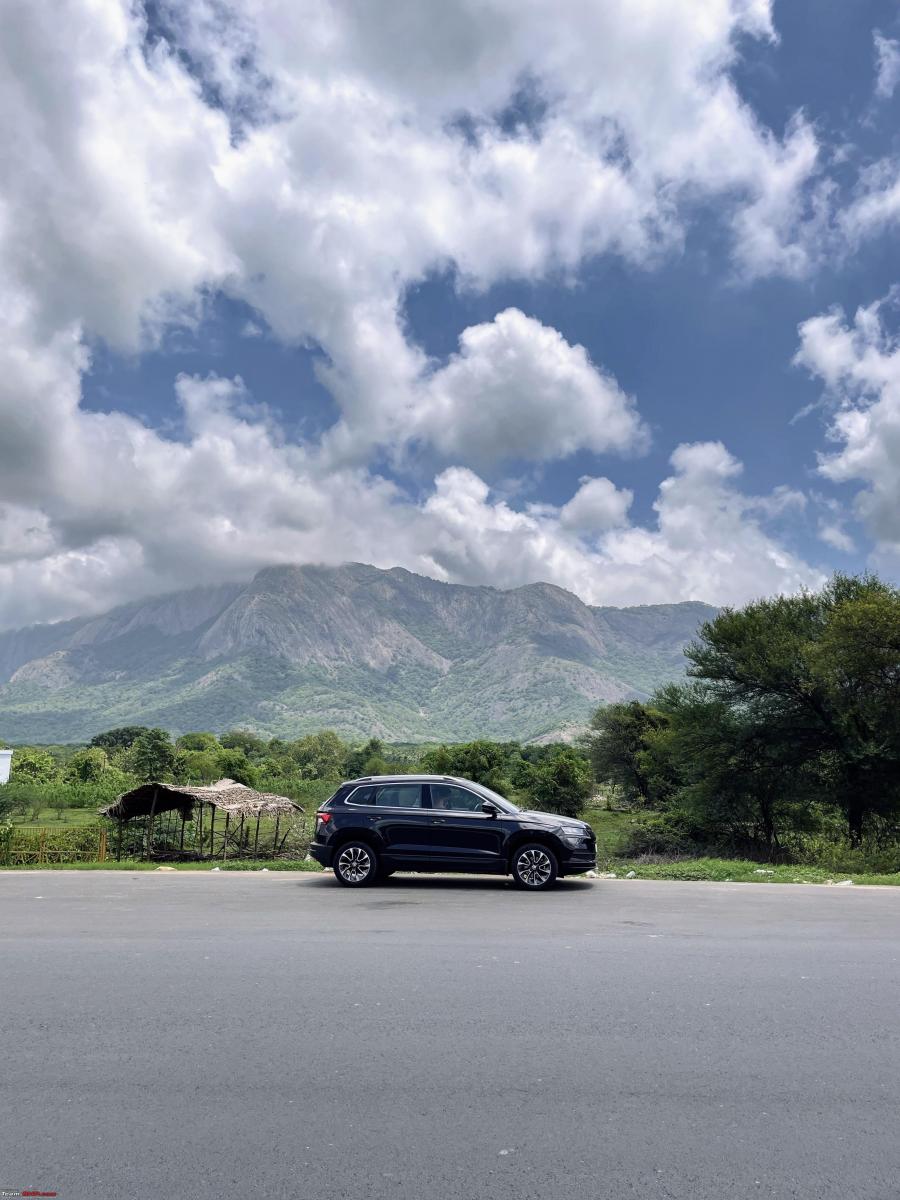



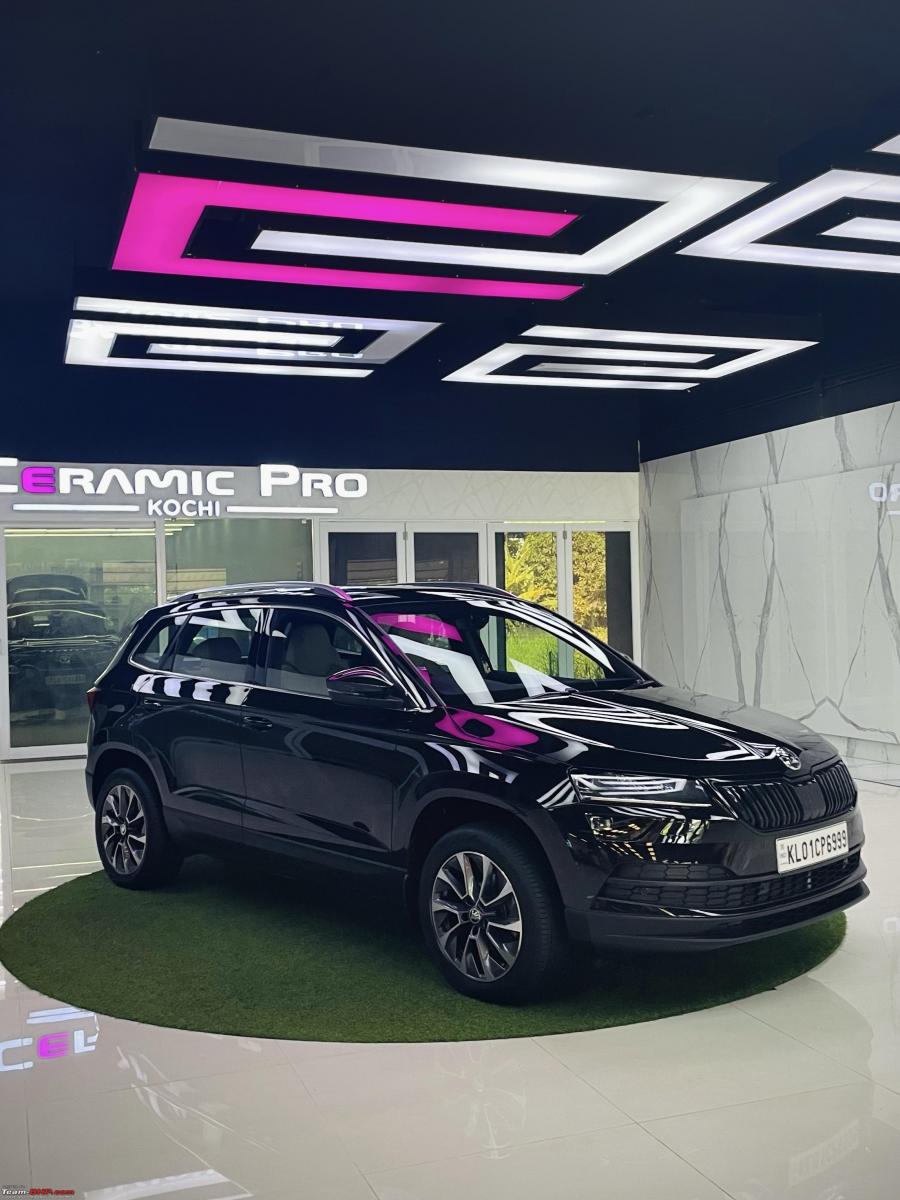
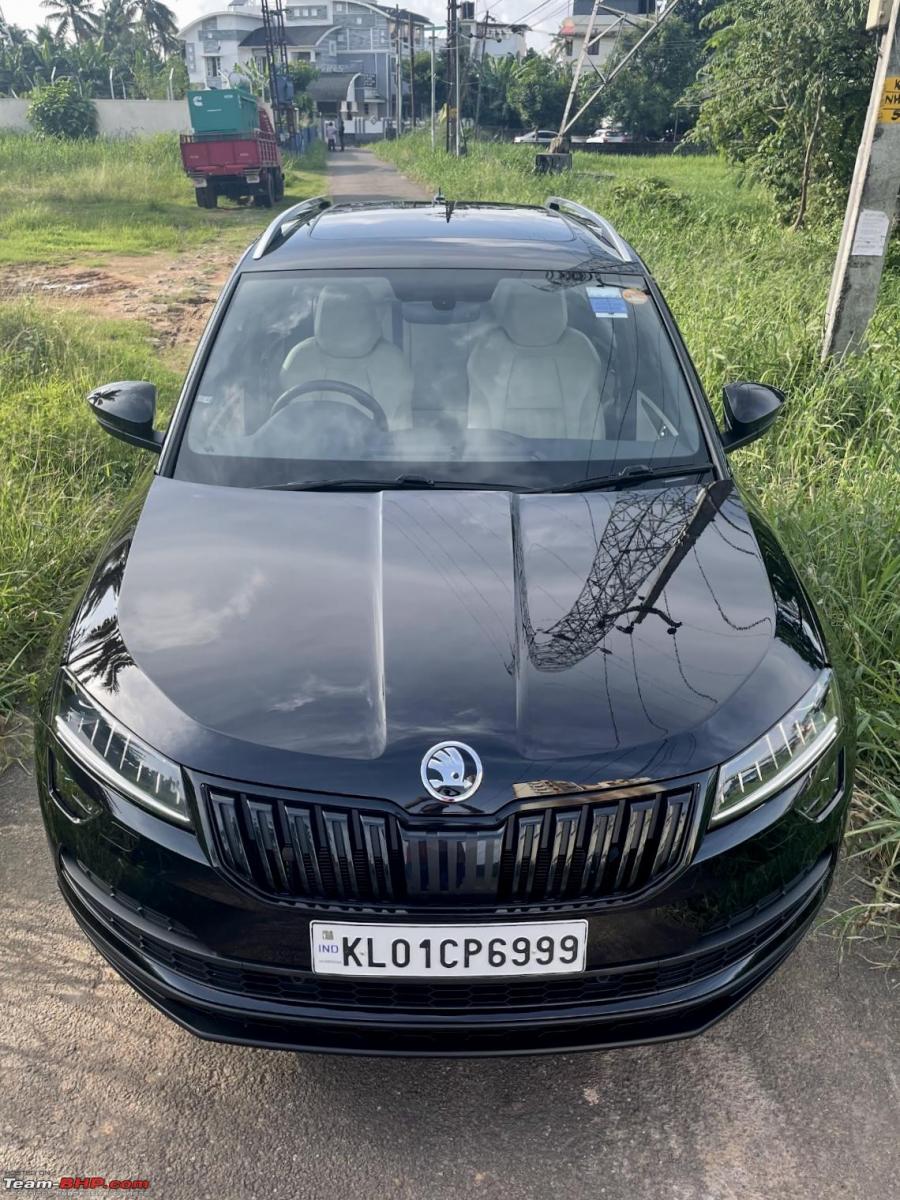
The Karoq with its younger brother
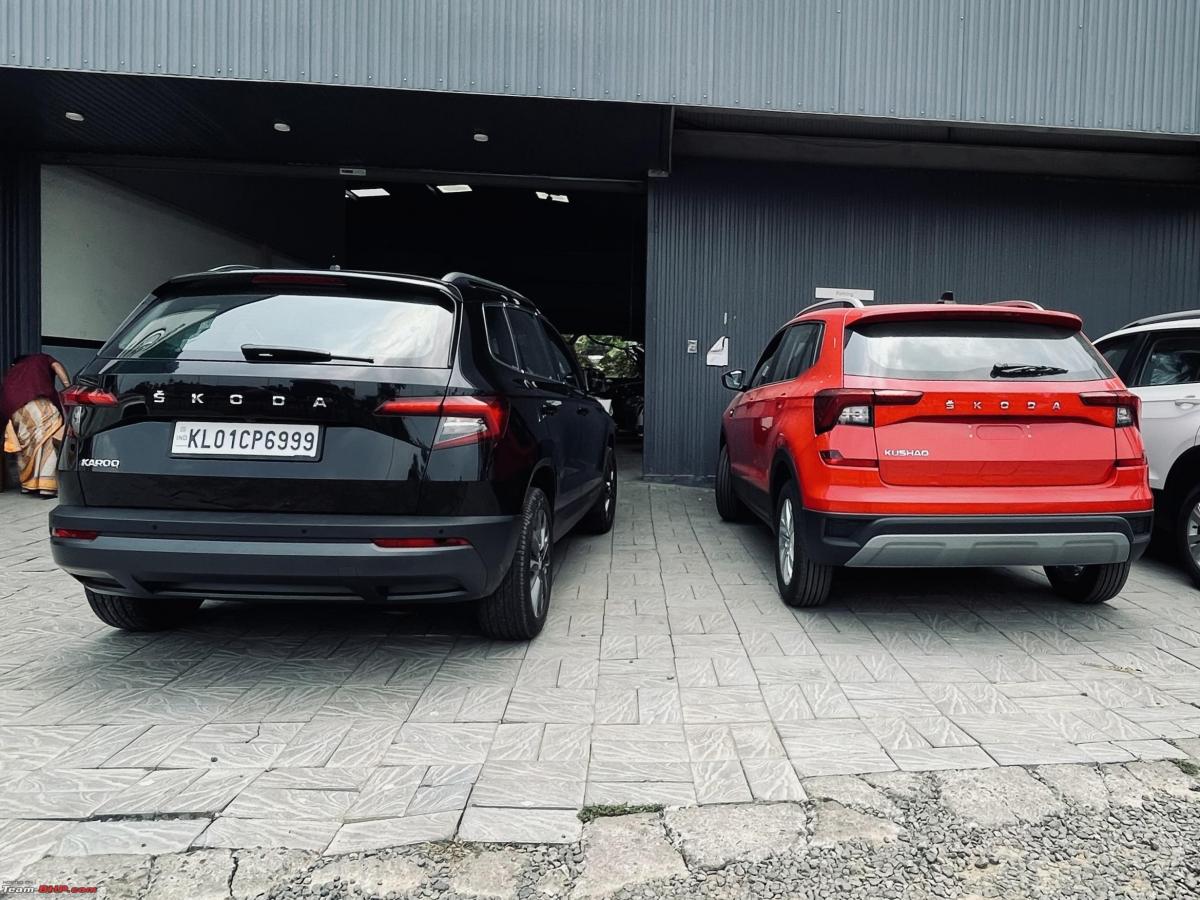
Check out BHPian comments for more insights and information.
- Tags:
- Indian
- Karoq
- Car ownership
News
2022 Skoda Karoq for global markets unveiled
Skoda has confirmed that it has no plans to re-launch the Karoq in India.
Skoda has revealed the updated Karoq for international markets.
The Karoq now features a bolder looking front end with slimmer headlamp clusters and an aggressive front bumper design. Like most modern Skoda SUVs, the Karoq also gets LED fog lamps positioned below the main headlamp unit. At the rear, the Karoq gets slim C-shaped LED tail lights with the 'Skoda' lettering in the centre. The car has a roof spoiler and a black diffuser.
While the overall interior layout has been carried over from the previous model, the 2022 Karoq gets dual-tone upholstery, a touchscreen infotainment system, a digital instrument cluster and Skoda's new 2-spoke steering wheel.
In the international market, the Karoq is available with five engine options. These include two diesel and three petrol engines with outputs ranging from 108 BHP to 187 BHP. All-wheel drive is also available as an option.
The Karoq was launched in India last year as a completely built unit (CBU). The carmaker has confirmed that it has no plans to re-launch the SUV at the moment.
News
No plans to re-launch the Skoda Karoq in India
The Karoq was imported as a Completely Built Unit (CBU).
Zac Hollis, Brand Director, Skoda India, has confirmed that the company has no plans to re-introduce the Karoq in India.
In 2020, Skoda had launched the Karoq in India at a price of Rs. 24.99 lakh (ex-showroom). The SUV was offered with a 1.5-litre, 4-cylinder turbo-petrol engine producing 148 BHP and 250 Nm. The engine was mated to a 7-speed dual-clutch automatic transmission.
The Karoq was imported via the Completely Built Unit (CBU) route as part of the 2,500 homologation-free units rule. At one point, the company had even shown interest in getting the Karoq to India as a CKD. However, the focus now is completely on the Kushaq.
Meanwhile, Skoda is gearing up to debut the Karoq facelift for international markets on November 30.
News
2022 Skoda Karoq teased ahead of its official debut
The new Karoq is expected to go on sale in international markets early next year.
Skoda has released a video teaser of the 2022 Karoq. The SUV is set to be unveiled on November 30, 2021.
The teaser gives us a glimpse of the SUV's redesigned headlamp clusters and Skoda's typical C-shaped LED taillights. The SUV also gets new aero-optimized alloy wheels and a panoramic sunroof.
Last week, Skoda had released design sketches of the Karoq. As per the renderings, the SUV will feature a bolder-looking front end with slimmer headlamp clusters, LED fog lamps and an aggressive front bumper design.
At the rear, the Karoq will get slim C-shaped LED taillights with the 'Skoda' lettering in the centre.
The 2022 Skoda Karoq is likely to be offered with the same set of powertrain options as before. It is expected to go on sale in international markets early next year.
News
2022 Skoda Karoq revealed via design sketches
The new Karoq will be unveiled on November 30. The SUV is expected to go on sale in international markets early next year.
Skoda has released design sketches of the 2022 Karoq. The SUV is set to make its debut on November 30, 2021.
The Karoq now features a bolder looking front end with slimmer headlamp clusters and an aggressive front bumper design. Like most modern Skoda SUVs, the Karoq too gets LED fog lamps positioned below the main headlamp unit.
At the rear, the Karoq gets slim C-shaped LED tail lights with the 'Skoda' lettering in the centre. The car has a roof spoiler and a black diffuser.
The 2022 Skoda Karoq is likely to be offered with the same set of powertrain options as before. It is expected to go on sale in international markets early next year.
News
2022 Skoda Karoq facelift spied undisguised ahead of unveil
The Skoda Karoq facelift is expected to go on sale in international markets in early 2022.
The 2022 Skoda Karoq facelift has been caught sans any camouflage. The leaked images showcase the Karoq undergoing its official photoshoot, ahead of its global unveil scheduled later this month.
The images also showcase the updates and revisions made to the exterior design of the SUV. This includes the new Matrix LED headlamps, revised bumper with the larger air intake, updated set of alloy wheels, redesigned LED taillights and the boot lid featuring the 'SKODA' lettering instead of the logo. The main update, however, is the introduction of the new 'Pheonix Orange' colour scheme, which first debuted on the new-gen Fabia hatchback.
While the interior of the Skoda Karoq facelift is yet to be unveiled, it is expected to carry forward a bunch of updates as well. This includes new premium upholstery, colour choices, a new two-spoke steering wheel and a more advanced infotainment unit, featuring connected technology.
Mechanical details of the 2022 Skoda Karoq facelift is yet to be announced. However, reports do suggest that the new SUV carries forward the same powertrain as the current models.
The Skoda Karoq facelift is expected to go on sale in international markets in early 2022.
Source: MotorES
- Tags:
- Indian
- Karoq
- International
- spy shots
News
Skoda Karoq removed from website
Skoda had imported 1,000 units of the Karoq as completely built-up units (CBU).
Skoda has removed the Karoq SUV from its Indian website.
The Karoq was launched in India in May 2020. 1,000 units were imported into the country as completely built-up units (CBU).
In June 2020, we had reported that Skoda was considering local assembly of the Karoq. However, it is unclear if the carmaker is still considering local assembly of the SUV.
The SUV was powered by a 1.5-litre, 4-cylinder turbocharged petrol engine that produced 148 BHP and 250 Nm. The engine was mated to a 7-speed dual-clutch automatic transmission.
At present, Skoda has only three cars on sale - Rapid, Octavia RS 245 and the Superb. A new SUV called the Kushaq will be launched this year.
Pages

















.jpg)
.jpg)


.jpg)
.jpg)

